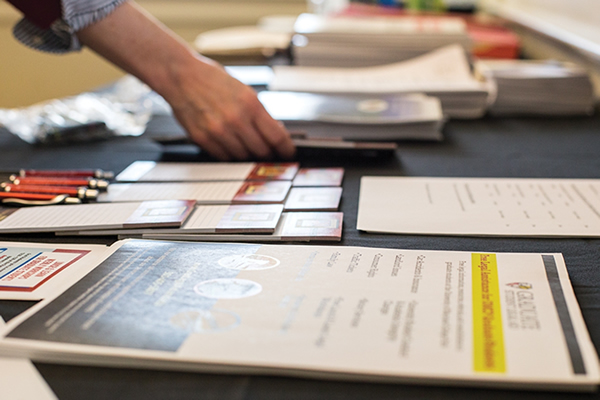 |
| Stock Theft and Manipulation |
There are bulls and bears on Wall Street. There are also mafiosi. The bulls and bears sometimes make money and sometimes lose money. The mafiosi always make money.
Organized crime has long played the market, and they have carried it far past the old-time crude bucket shops that operated early in the century. Officials of the Securities and Exchange Commission once estimated that 90 percent of all stock frauds in the country are the work of about 150 operators, almost all pinstriped Anglo-Saxons but with strong financial backing of the Mafia crime families.
There is no way to estimate the Mafia's take in stolen securities. Known thefts in the 1970s ran at about $45 million annually, but investigators in a report to Senator McClellan estimated there was $25 billion in stolen and counterfeit stock floating around.
 |
 |
Stock fraud and theft is considered an "open territory" by organized crime, and the various crime families operate such schemes anywhere in the country. It is not considered an impingement of New York territory, for instance, for the Marcello family in New Orleans to work a swindle on Wall Street, or in Chicago or on the West Coast.
Securities used by racketeers may be stolen, inflated or even counterfeited; the Mafia can call on the best engravers, printers and suppliers of excellent paper as needed. The mobs had plenty of training in counterfeiting, producing funny ration stamps during World War II.
It is simpler, however, to steal the certificates. This can be done in several ways, one through the theft of registered mail at airports (which is one indication of the importance of mob control of rackets at major airports) or by pilfering them from banks and brokerage houses.
The mob finds it easy to subvert low-paid employees at brokerage houses to do their dirty work. First they involve these clerks in gambling and get them in hock to gang loan sharks. Then the loan sharks threaten the clerks with beatings or death, finally offering them a way out by pinching some certificates.
The clerks are instructed how to steal the securities, but, more important, to destroy the microfilm records of such stocks and bonds. In one case the mob got a million dollars worth of securities from Merrill Lynch, Pierce, Fenner and Smith, the country's largest brokerage. Even though the company finally discovered the theft, it was unable to determine which certificates were taken because the microfilms were also gone. The stolen securities were good as gold.
A congressional committee investigating the activities of syndicate mobsters in stock thefts found that such certificates were readily moved "through confidence men, stockbrokers and attorneys of shady reputation, fences, and other persons who have the ability, technical knowledge, skill, and contacts to sell the securities or to place them advantageously as collateral in financial transactions."
Not even Charles "Bebe" Rebozo's close relationship with President Richard M. Nixon exempted his Key Biscayne Bank from falling victim to a loan of $195,000 obtained by one Charles L. Lewis of Atlanta, Georgia, who put up 900 shares of IBM stock as collateral.
Eventually Rebozo attempted to sell the stock only to discover it was stolen. Indictments in the case later linked the theft to two close Meyer Lansky gambling accomplices, Gil Beckley and Fat Tony Salerno, who later became head of a New York crime family.